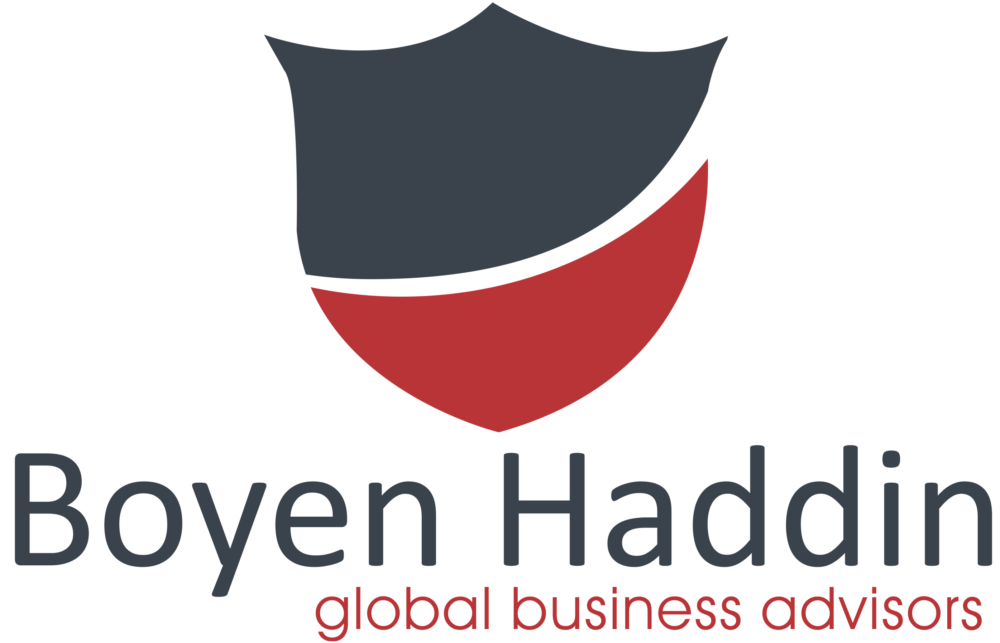How Employee Burnout Impacts Organizational Performance”
Introduction:
Employee burnout, a growing concern in today’s fast-paced work environment, not only takes a toll on individuals but also has a profound impact on organizational performance. It affects productivity, employee engagement, and even the bottom line. In this blog post, we will explore the insidious consequences of employee burnout on organizational performance and strategies to mitigate its effects.
Understanding Employee Burnout:
- Defining Burnout:
- Define burnout and its key components, including emotional exhaustion, depersonalization, and reduced personal accomplishment.
- Explain how prolonged stress, excessive workload, and lack of support contribute to burnout.
- Recognizing Burnout Signs:
- Discuss common signs of burnout, such as decreased productivity, increased absenteeism, and deteriorating work relationships.
- Encourage organizations to create an open and supportive environment where employees feel comfortable discussing burnout concerns.
The Impact on Organizational Performance:
- Reduced Productivity:
- Explain how burnout leads to decreased productivity, as exhausted employees struggle to maintain focus and efficiency.
- Provide statistics and examples illustrating the financial costs of reduced productivity due to burnout.
- High Turnover Rates:
- Discuss the link between burnout and high employee turnover rates.
- Highlight recruitment and training costs associated with replacing experienced staff who leave due to burnout.
- Diminished Employee Engagement:
- Explain how burnout erodes employee engagement, leading to disengaged, disinterested workers.
- Explore the impact of disengagement on customer satisfaction and overall company performance.
- Healthcare Costs:
- Touch upon the healthcare costs incurred when employees experience burnout-related health issues.
- Emphasize the importance of addressing burnout to reduce healthcare expenses.
Mitigating Burnout and Improving Organizational Performance:
- Promoting Work-Life Balance:
- Discuss the significance of work-life balance in preventing burnout.
- Share strategies for organizations to encourage employees to disconnect from work when necessary.
- Stress Management Programs:
- Advocate for the implementation of stress management programs and resources within the organization.
- Provide examples of effective stress reduction initiatives.
- Supportive Leadership:
- Stress the role of leadership in preventing burnout by setting realistic expectations and offering support.
- Encourage leaders to lead by example and prioritize their own well-being.
- Regular Check-Ins:
- Highlight the importance of regular check-ins with employees to gauge their well-being and address burnout symptoms.
- Suggest that organizations establish a culture of psychological safety where employees feel comfortable discussing burnout concerns.
Conclusion: Employee burnout is a silent threat that can significantly impact organizational performance. Recognizing the signs, understanding its consequences, and implementing strategies to prevent and address burnout are critical steps for organizations committed to fostering a productive, engaged, and healthy workforce. By prioritizing employee well-being and proactively addressing burnout, organizations can boost their performance and create a more sustainable and supportive work environment.


